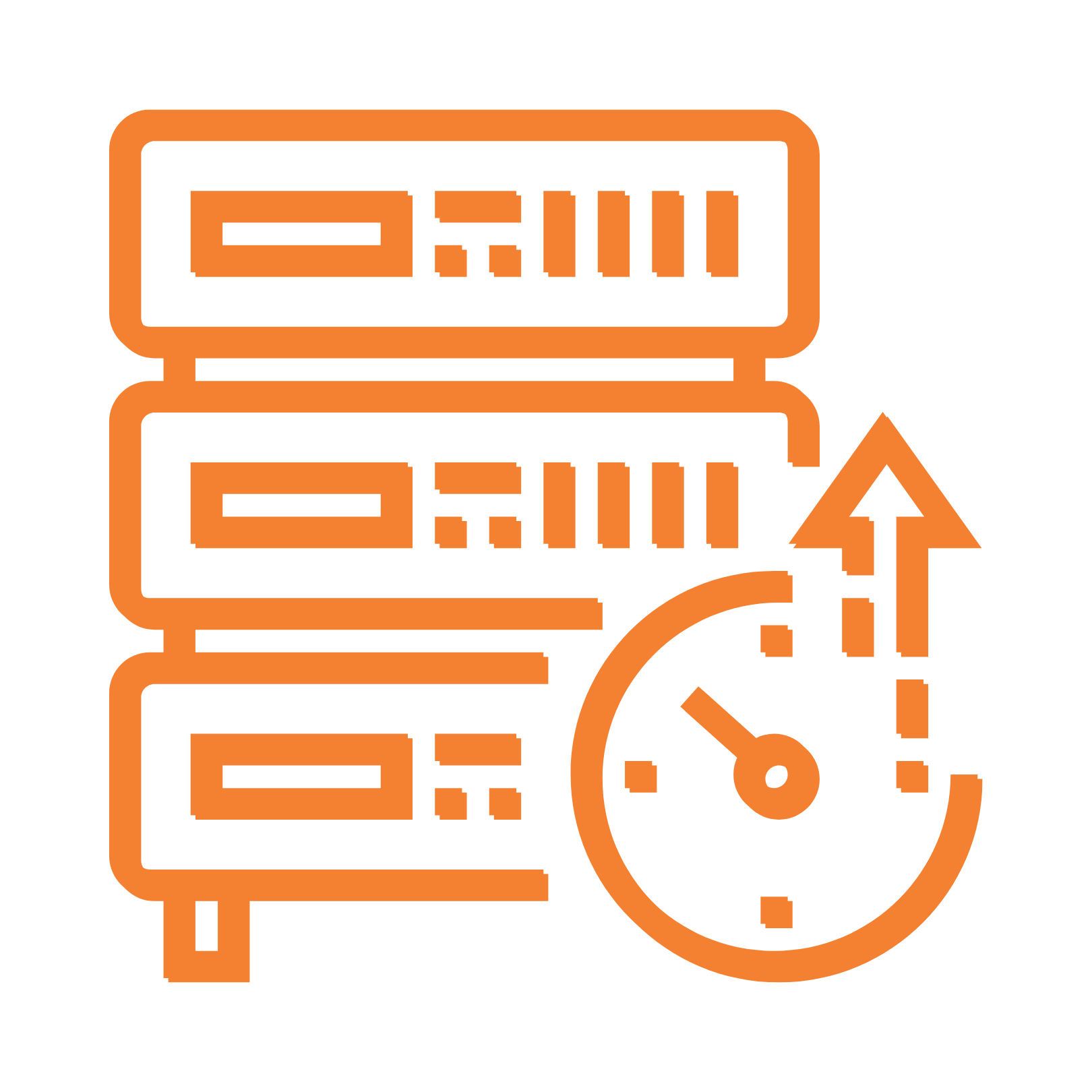- 8 MPU Sensors were installed to monitor health of the Port and Stbd main engine & torque of the individual propeller shafts
- The diagnosis was done in a dual-cylinder setup due to the absence of provision to mount a TDC sensor on the cam gear.
- Data stored in Vib360: engine condition monitoring system , can be periodically downloaded for trend analysis.
- The system was installed and monitored by Naval Command for over six months for the evaluation process.




